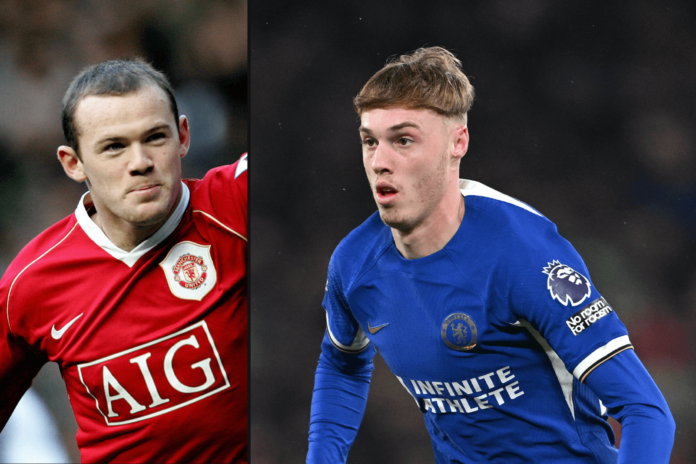Car windows, photobombing reporters, social-media meltdowns and live streams — deadline day has always been unique.
On the final day of a transfer window, teams scramble to finalise their deals. Some of which they have been chasing since the beginning of the summer, others are opportunistic moves that only arise on the day or last-minute transactions to cover for a recently injured player.
Since the inception of the transfer window system before the 2002-03 season, there have been some notable deadline-day moves which have made long-lasting impressions at their new Premier League clubs. A couple of those also had a tactical impact, which helped the teams they went to elevate their game and win titles.
Get the latest transfer news on The Athletic…
Makelele playing for Chelsea in September 2004 (Odd Andersen/AFP via Getty Images)
Chelsea’s deadline-day signing of Claude Makelele in the summer of 2003 proved to be a turning point in the tactical history of the Premier League a year later, when Jose Mourinho arrived as the new manager.
Makelele’s playing profile allowed Mourinho to deploy him initially at the base of a midfield diamond, before switching to the 4-3-3 system that helped Chelsea win the league in 2004-05 and retain it in 2005-06. Mourinho explained that by having three players in midfield — Makelele behind two others — when most English teams were in a flat 4-4-2, he would have an advantage because of the extra man in that area.
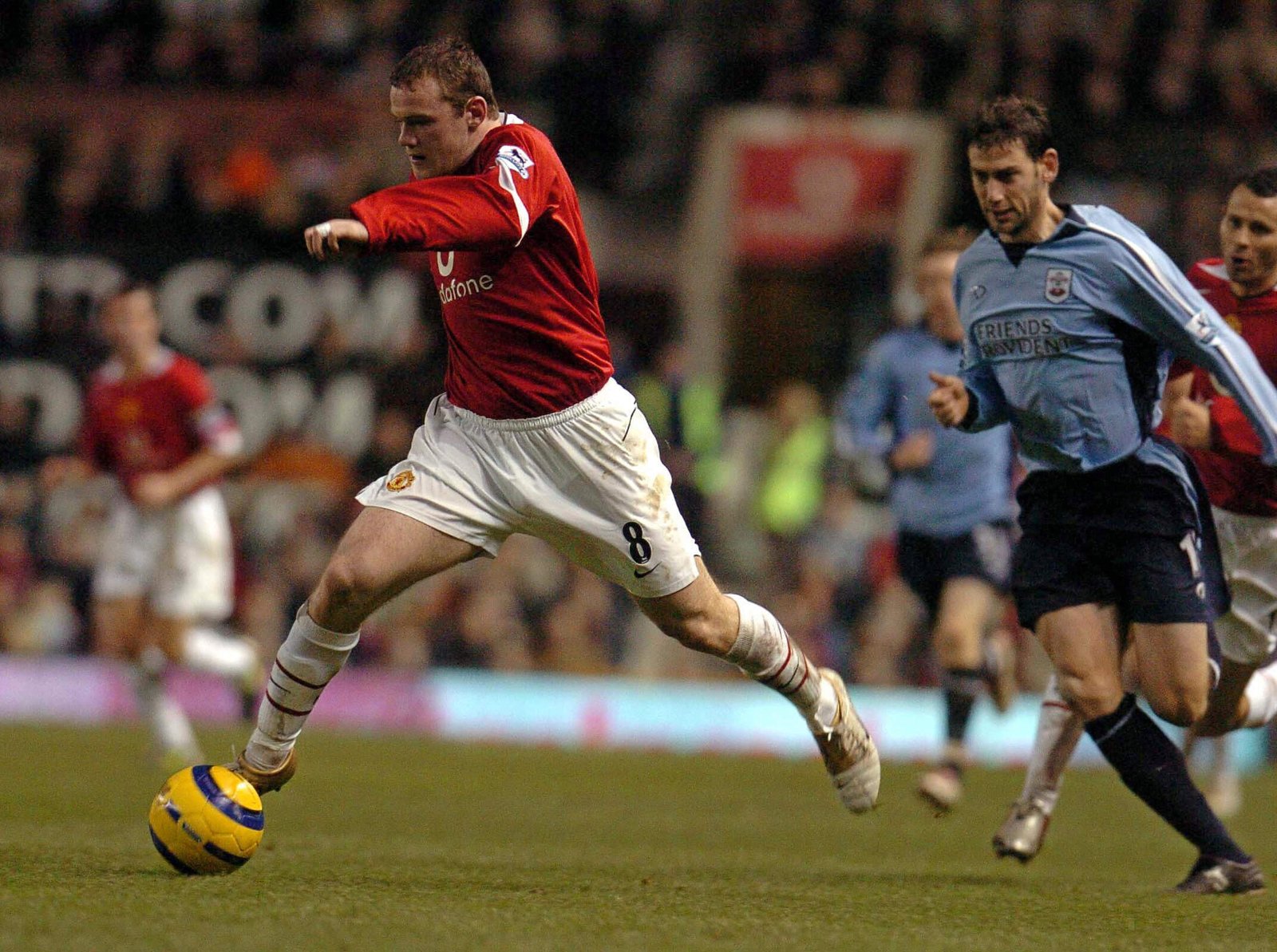
Rooney in full flow at Old Trafford in December 2004 (Paul Barker/AFP via Getty Images)
Early in what would be Mourinho’s first title-winning season at Chelsea, Manchester United were making a deadline-day deal for a player who enabled Sir Alex Ferguson’s side to get back to the top and ended his career as one of the club’s greatest players.
On Monday, August 30, 2004 — the day before that summer’s transfer window shut — Everton’s then chairman, the late Bill Kenwright, was sitting in Ferguson’s office at Old Trafford, alongside his club’s manager David Moyes and United CEO David Gill following a goalless draw between the two sides.
According to Alex Ferguson: My Autobiography, Kenwright was crying, and through his tears said that he wanted to make a phone call to his mother.
“They are stealing our boy, they are stealing our boy,” Kenwright apparently told his mum, who then warned Ferguson that he wouldn’t be “getting that boy for nothing”. Ferguson, for a brief moment, thought this was all a trick but, by the end of the following day, United completed the £27million ($35.7m at today’s exchange rate) signing of 18-year-old Everton forward Wayne Rooney.
Rooney’s legacy needs no introduction, but it’s interesting to focus on how he allowed Ferguson to have a fluid forward unit following the departure of Dutch striker Ruud van Nistelrooy in summer 2006.
The Englishman’s technique, explosiveness and energy completed United’s attack of Cristiano Ronaldo, Carlos Tevez and one of Park Ji-sung, Nani or Ryan Giggs in 2007-08, before Dimitar Berbatov joined the following season.
The fluidity of United’s front line, and the interchanging of positions between Rooney, Ronaldo and Tevez in particular, was hard to stop. Rooney’s selflessness meant he did a job of tracking back and covering the wings whenever needed, which also allowed Ferguson a degree of tactical flexibility, as he could start him on the flank to have better defensive coverage than Ronaldo provided, or move him out there during the game to change shape.
Marcos Alonso, Fiorentina to Chelsea, 2016
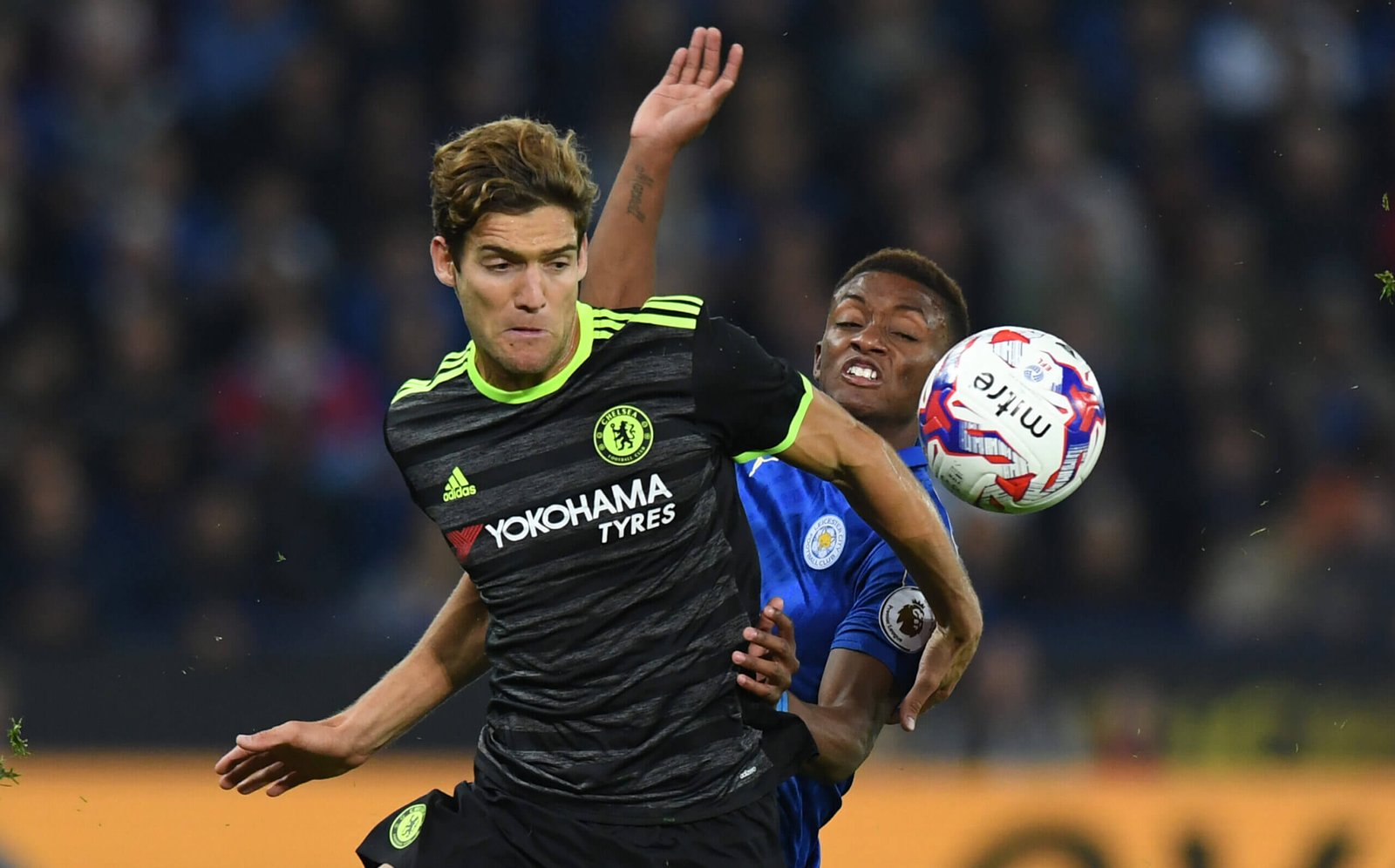
Marcos Alonso during an English League Cup third-round tie in September 2016 (Anthony Devlin/AFP via Getty Images)
A change of shape that was helped by another deadline-day transfer was new Chelsea manager Antonio Conte’s move from the 4-3-3 to a 3-4-3 in 2016-17.
The previous season, Chelsea had alternated between Cesar Azpilicueta and Baba Rahman at left-back, but the latter was loaned out to Germany’s Schalke at the beginning of August 2016. Conte wanted to add a left-back, and on August 31, Chelsea signed Marcos Alonso from Fiorentina of Italy.
The arrival of the Spaniard, who was more left wing-back than left-back, assisted Conte’s move towards the new shape.
Introducing Alonso, in place of Cesc Fabregas, in a 3-0 loss against Arsenal the following month was the start of the shift towards the 3-4-3, and Chelsea were unstoppable in their new formation, going on a 13-game winning streak in the Premier League and eventually becoming champions.
“I think this decision (to switch to three at the back) changed our season,” Conte told UK broadcaster Sky Sports after securing the title. “In the first part of the season, we didn’t have the right balance. After two defeats against Liverpool and Arsenal — bad defeats, not simple defeats — I wanted to change and find a new suit for my team. But, in my mind, there was this option to play with a 3-4-3 because I know the characteristics of the players, and to give us more solidity in our defence.”
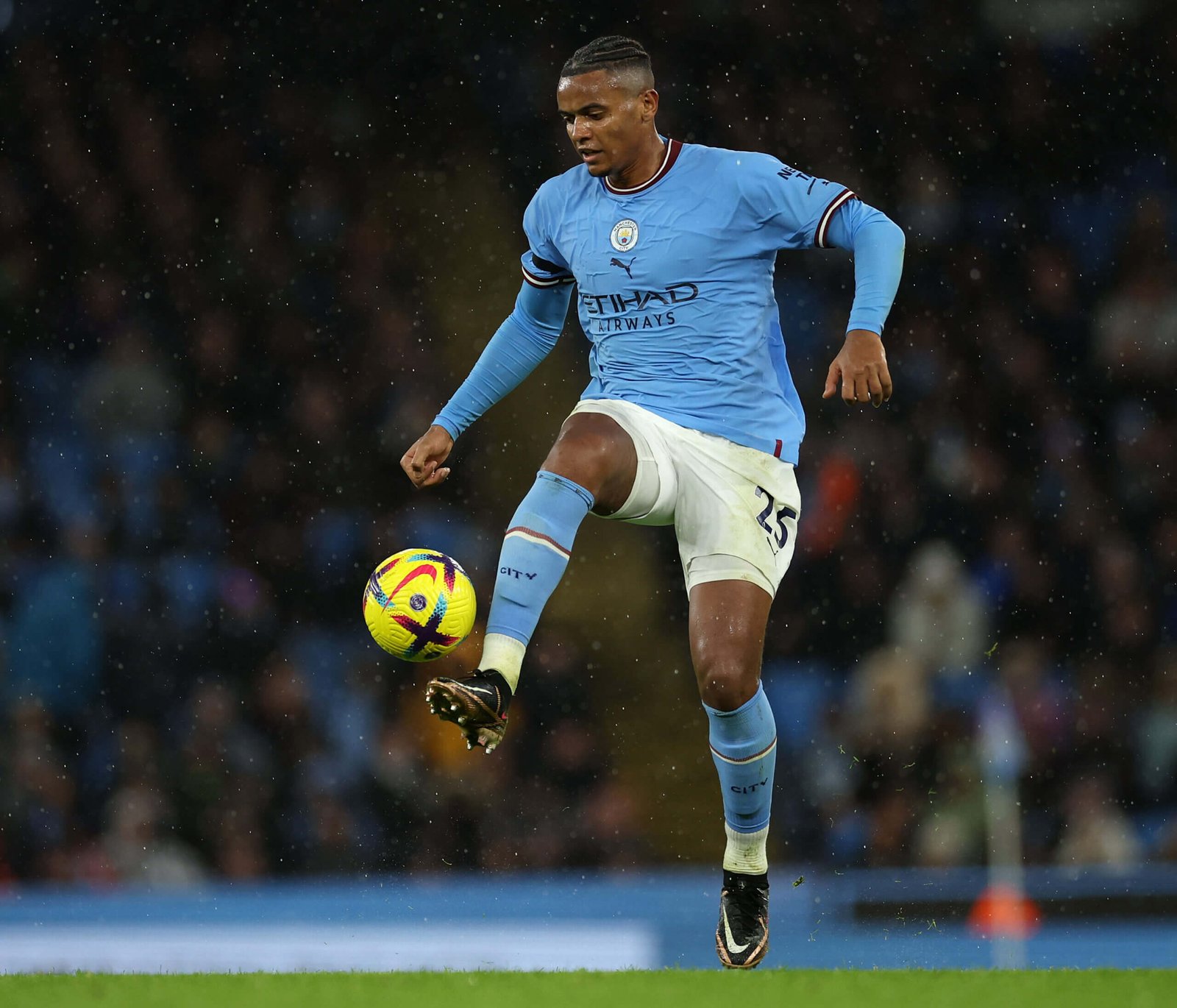
Akanji, pictured here in December 2022, has been a mainstay in Pep Guardiola’s team (Eddie Keogh/Getty Images)
Another defensive acquisition on the final day of the summer window which proved to be vital in a team’s tactical evolution is Manuel Akanji’s transfer to Manchester City.
Akanji’s tactical intelligence and ability to play more than one position allowed him to fit in quickly following a move from Germany’s Dortmund, and his defensive prowess enabled manager Pep Guardiola to move towards playing with four centre-backs.
That tweak solidified City’s defensive line, made them stronger in one-versus-one situations, and proved to be crucial in terms of winning the treble that season.
“I learnt this season (that) when you play against Bukayo Saka, Vinicius Junior, Gabriel Martinelli or Mohamed Salah, you need proper defenders to win duels one-on-one,” said Guardiola to Sky Sports after City retained the Premier League title.
Cole Palmer, Manchester City to Chelsea, 2023
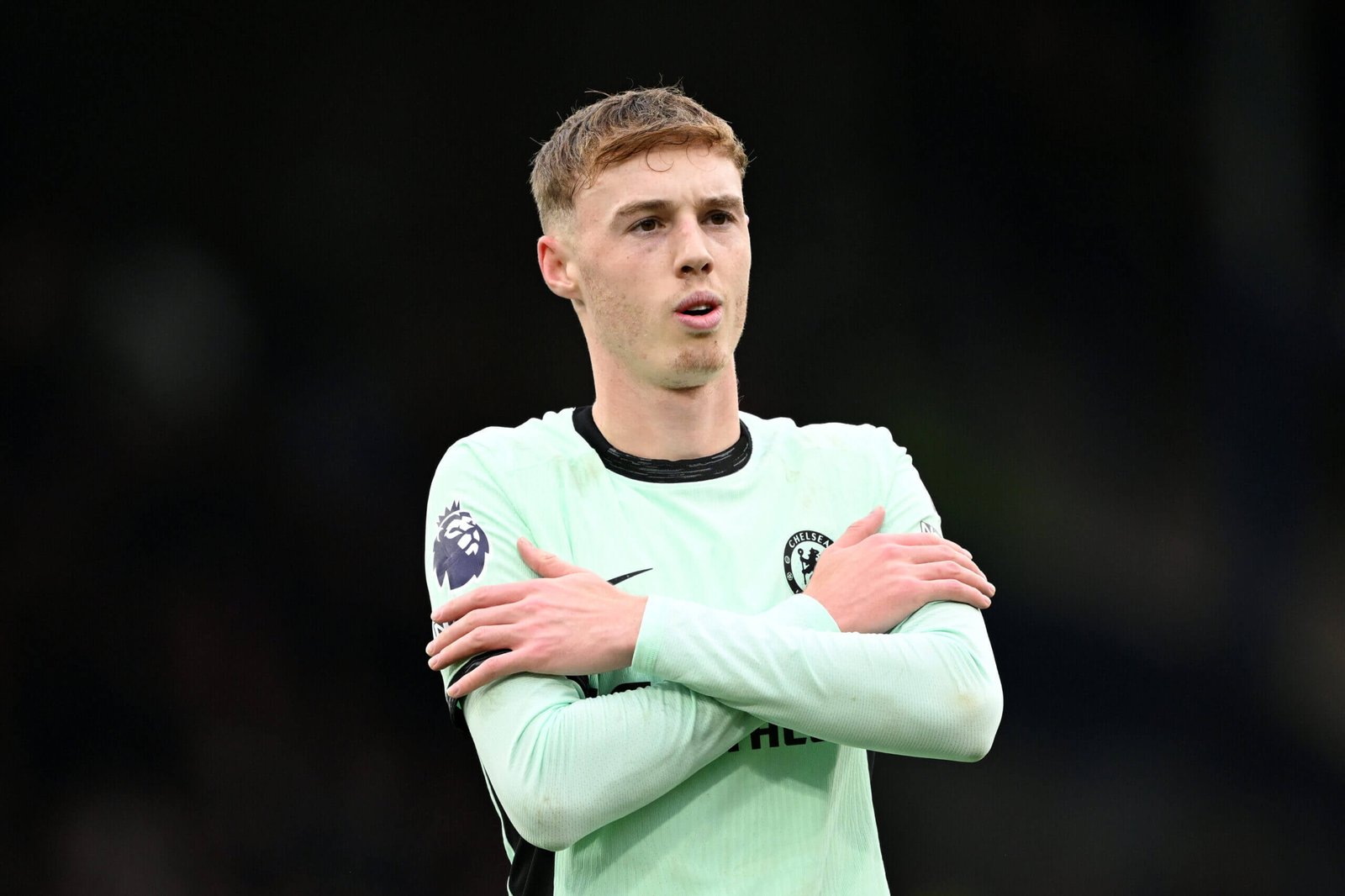
Cole Palmer has become one of Chelsea’s most important players in 12 months (Shaun Botterill/Getty Images)
The following summer, City sold Cole Palmer to Chelsea on deadline day.
Palmer went on to win the PFA Young Player of the Year award as he led Mauricio Pochettino’s team to sixth place in the Premier League in 2023-24, despite what was a turbulent season for the club.
His flexibility allowed Chelsea to adjust their approach on the ball when needed. “I like to play in all the positions,” Palmer said last November at a press conference after being called up by England. “False nine, right, middle — wherever he (Pochettino) puts me on, I am happy to play there.”
The arrival of Palmer meant Chelsea had a player who could operate between the lines — whether starting centrally or roaming infield from the right wing — and was comfortable receiving the ball with his back to the opposition goal. Palmer’s spatial awareness and creativity only added to his importance to the team.
“He is a player that understands the game and uses the half positions — he plays in between the lines to confuse the opponent,” Pochettino told Sky Sports after a 4-4 draw with title-bound City in November. “He always gives options for us to play and to find the free man. He is a playmaker that links all the team-mates.”
Players arriving on deadline day normally take time to adapt to their new club and, in a lot of cases, the Premier League. But some have had a long-term impact and gone on to be significant figures in the league’s history.
Will August 30, 2024, bring us another deadline-day signing that will impact the league tactically?
(Top photos: Getty Images)
Read the full article here


